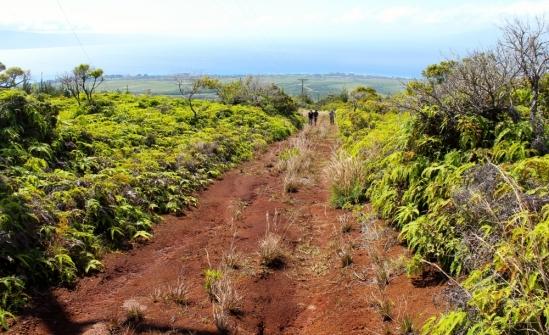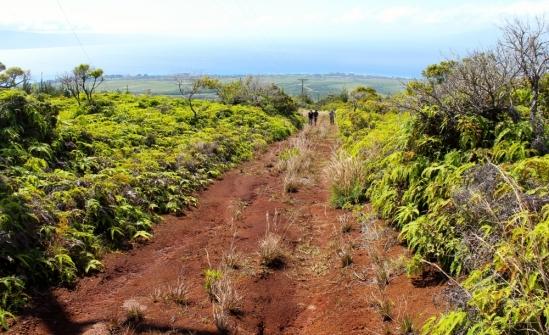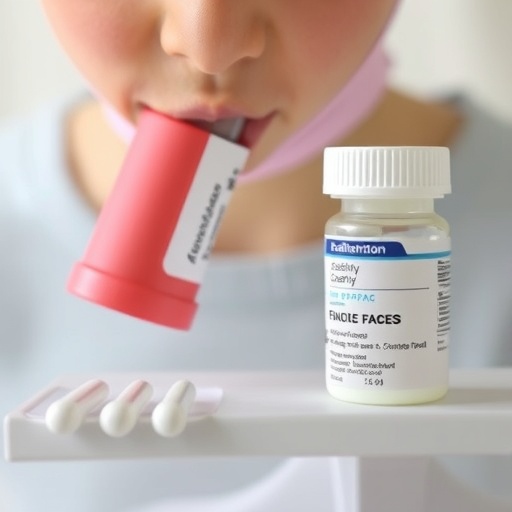
Credit: Kirsten Oleson
Land-based pollutants have been linked to the degradation of several Hawaiian reefs. Take West Maui, for instance, where coral ecosystems are so impacted that reefs and watersheds have been recognized by multiple state and federal programs as in need of special protection.
Between 2000 and 2015, coral cover on West Maui's northern reefs has dramatically declined from 30 percent to 10 percent. The likely culprit: sediment runoff during rain events. Corals' ability to photosynthesize and grow is compromised in the presence of sediment, which in turn allows for algae to take over.
To address the challenge of managing such pollutants with limited resources, two senior fellows at UC Santa Barbara's National Center for Ecological Analysis and Synthesis, Carrie Kappel and Kim Selkoe, worked with University of Hawaii ecological economist Kirsten Oleson to determine which scenarios offered the best solutions. They found that cooperation among landowners to reduce sediment runoff to near-shore reefs results in more cost-efficient and ecologically effective outcomes than acting independently. The findings appear in the Journal of Environmental Management.
"It's critical for landowners and watershed managers to consider the big picture," said co-author Kappel. "We show that the best outcomes result from making choices based on cost-effectiveness — the ones that give you the biggest bang for your buck — and working together."
The research team used simple methods to identify cost-effective solutions to address erosion from unpaved agricultural roads — a problem common to many areas in Hawaii and elsewhere. They compared the costs and benefits of alternative actions that could be taken to repair agricultural roads and reduce sediment runoff across the West Maui landscape.
Seven management scenarios were considered, defined by whether decisions were made cooperatively or independently among landowners and by the approach to road repair (minimizing costs, minimizing sediment or both).
The investigators showed that targeting specific runoff "hotspots" is more cost-effective than targeting all road segments within a given land parcel. In addition, the best environmental gains for the lowest economic costs are achieved when landowners cooperate and target cost-effective road repairs, although collective action alone becomes counterproductive when cost-effectiveness is ignored.
"Managers are generally working with really tight budgets, especially in Hawaii," Selkoe said. "Decision support tools like this one, which quantify the tradeoffs, can help them identify the most effective ways to put their limited resources to work to protect vulnerable coral reefs."
This research is part of the larger Ocean Tipping Points project, which seeks to understand and characterize dramatic shifts in ocean ecosystems and develop new tools to help managers avoid or respond to such shifts.
###
Media Contact
Julie Cohen
[email protected]
805-893-7220
@ucsantabarbara
http://www.ucsb.edu
############
Story Source: Materials provided by Scienmag





